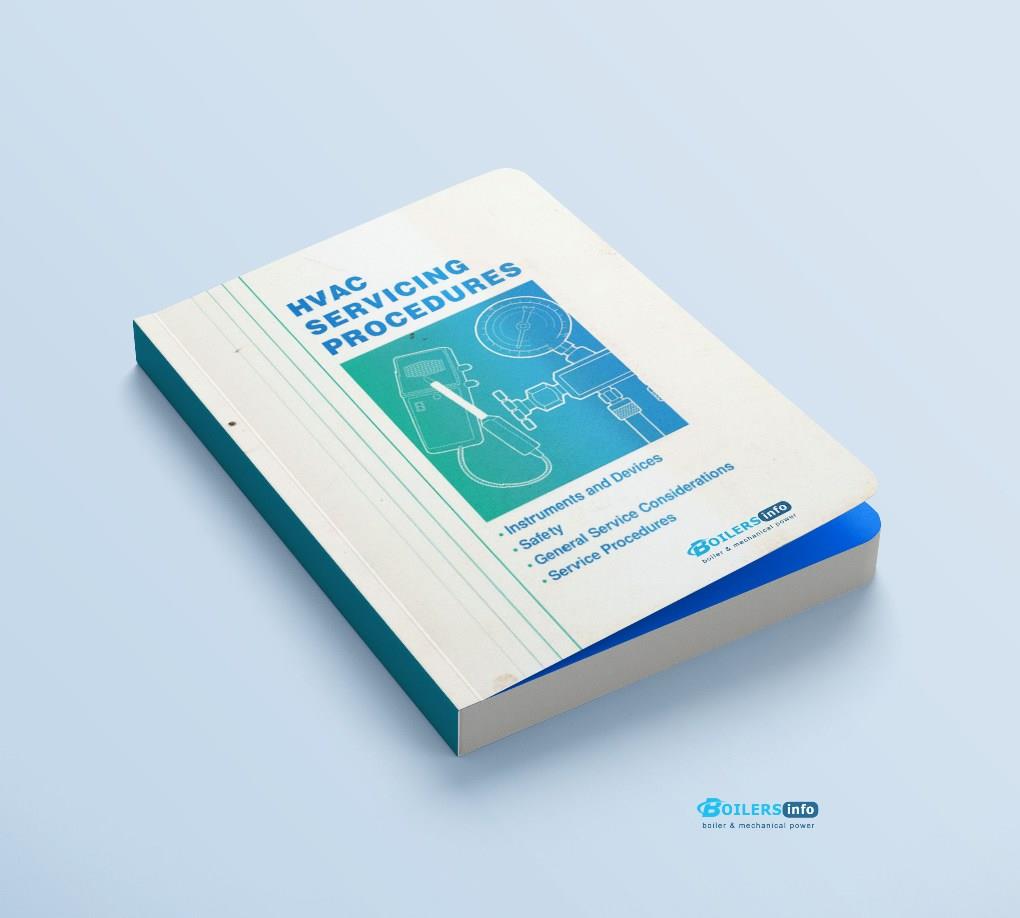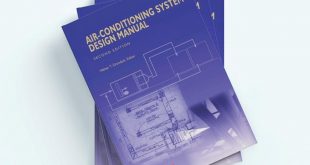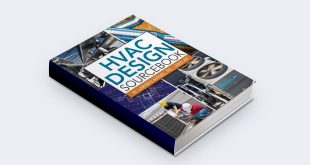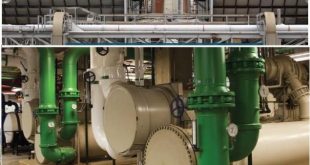HVAC Servicing Procedures: A Comprehensive Guide
Heating, Ventilation, and Air Conditioning (HVAC) systems are the backbone of indoor environmental comfort in residential, commercial, and industrial buildings. Regular servicing is crucial for maintaining efficiency, ensuring safety, and prolonging equipment life. This article outlines essential HVAC servicing procedures, combining industry best practices with hands-on tips for effective maintenance.

1. Initial System Assessment
Before diving into technical tasks, begin with a visual and operational assessment:
- Inspect for visible signs of wear, corrosion, water leaks, or damage.
- Ask the customer about any irregular noises, performance issues, or recent changes in energy consumption.
- Verify thermostat settings to ensure the system starts and stops as expected.
2. Safety Precautions
Safety is non-negotiable in HVAC servicing:
- Disconnect the power supply at the main panel.
- Use PPE (gloves, safety glasses, respirators if necessary).
- Ensure ventilation in confined spaces.
3. Air Filter Replacement
Dirty filters reduce airflow and strain the system:
- Locate the return air filter.
- Replace or clean the filter based on type (disposable or washable).
- Recommend upgrading to high-efficiency filters if needed.
4. Cleaning Components
Proper cleaning improves performance and air quality:
- Evaporator and condenser coils: Clean using coil cleaner and a soft brush or sprayer.
- Blower assembly: Remove dust and debris from blades and motor housing.
- Drain lines and pans: Clear blockages and add algaecide tablets to prevent mold growth.
5. Electrical System Check
Electrical faults can lead to breakdowns or fire hazards:
- Inspect wiring for signs of overheating, fraying, or corrosion.
- Tighten connections at the control board, contactors, and terminals.
- Test capacitors and relays using a multimeter.
6. Refrigerant Level Inspection
Refrigerant levels directly affect cooling efficiency:
- Use gauges to check pressures according to manufacturer specs.
- Inspect for leaks using UV dye or electronic leak detectors.
- If low, recharge the system with the correct refrigerant type—R410A, R22 (phased out), etc.
Note: Only certified technicians should handle refrigerants.
7. Mechanical Component Lubrication
Lubrication reduces friction and wear:
- Lubricate blower motors, bearings, and fan shafts where applicable.
- Use manufacturer-recommended lubricants.
8. Thermostat Calibration
Incorrect thermostat readings can lead to comfort issues:
- Compare room temperature readings with a thermometer.
- Recalibrate or replace faulty thermostats.
- For smart thermostats, update firmware and verify Wi-Fi connectivity.
9. Ductwork and Airflow Assessment
Poor airflow reduces efficiency:
- Inspect ducts for leaks, obstructions, and poor insulation.
- Measure airflow using anemometers or flow hoods.
- Recommend duct sealing or balancing as needed.
10. Final Functional Test
Once servicing is complete:
- Reconnect the power and run the system.
- Check for proper startup, operation, and shutoff.
- Confirm temperature differential across the evaporator coil.
11. Documentation and Reporting
Always maintain a detailed service record:
- Note all findings, performed tasks, and any replaced parts.
- Provide a summary report and recommendations to the client.
- Schedule the next preventive maintenance visit.
Conclusion and Book⬇️
Effective HVAC servicing isn’t just about checking boxes—it’s about delivering comfort, safety, and energy savings. Following these procedures helps technicians build trust with clients and ensure system reliability throughout the year. Whether it’s a residential unit or a complex commercial system, consistent and professional maintenance is the key to HVAC longevity.
 Boilersinfo Boiler and Mechanical Power Digital Library
Boilersinfo Boiler and Mechanical Power Digital Library





